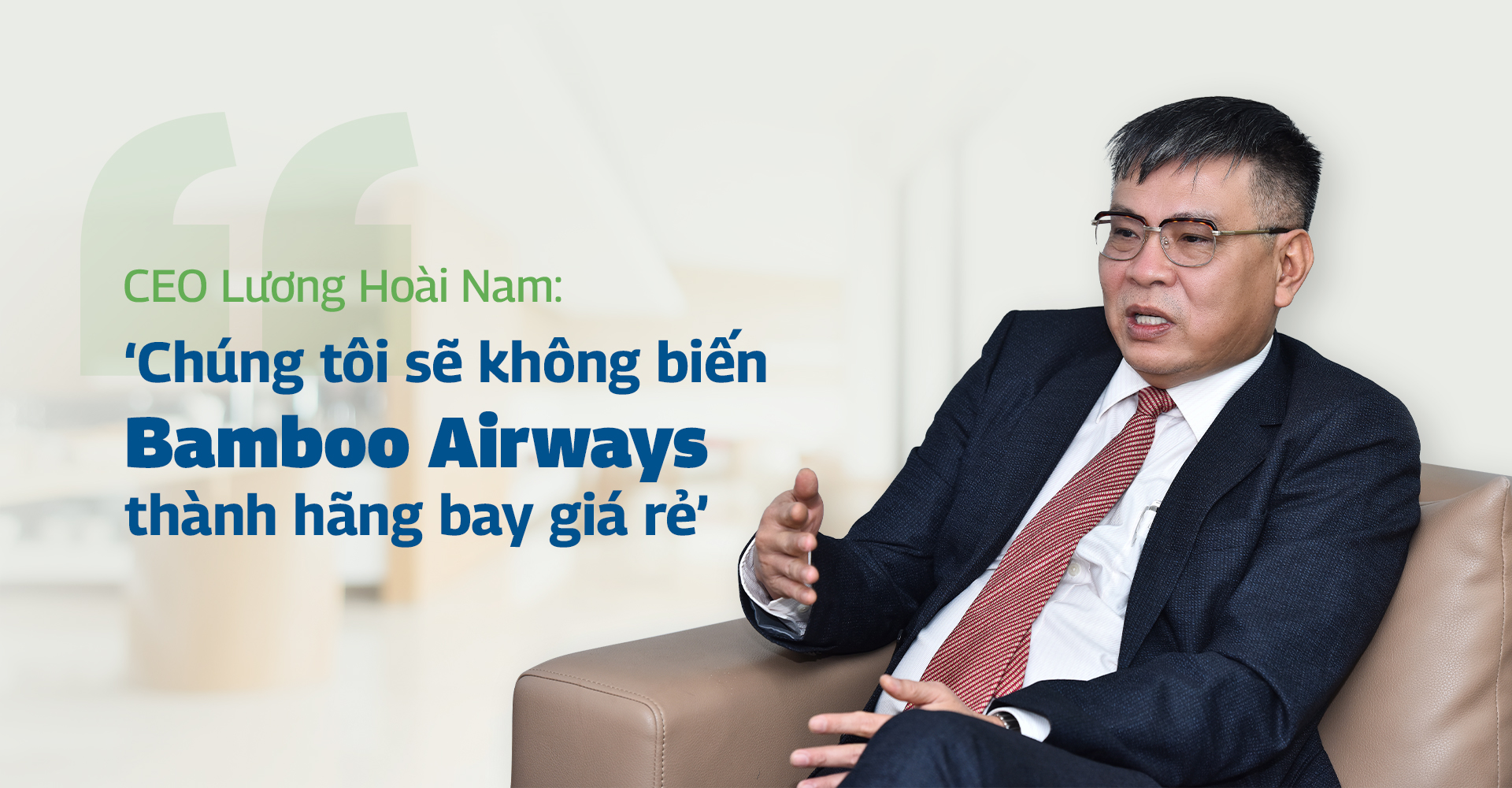
Mr. Luong Hoai Nam - who participated in the restructuring of Pacific Airlines nearly 20 years ago - shared with VnExpress why Bamboo Airways stopped operating the Boeing 787 Dreamliner, which was once the pride of the airline, as well as the current health and future shape of Bamboo Airways.

- At the age of 60, you accepted the position of CEO of Bamboo Airways - an airline that is in great difficulty and is even rumored to be on the verge of bankruptcy. How do you feel after a few weeks in this chair?
- Becoming CEO of Bamboo Airways was a difficult decision, but until now I still think I made the right decision. With more than 30 years of aviation experience, this job is difficult, but attractive. My face after 5 weeks still looks okay, not too bad, right? (Laughs)
I can tell this story so that everyone can imagine. At first, when I went from Ho Chi Minh City to Hanoi , my wife went with me to encourage and share, because she had witnessed how hard her husband was when he participated in the restructuring of Pacific Airlines in the years 2004-2007. But after 3 weeks, my wife returned to Ho Chi Minh City when she saw that her husband was not too stressed, not to the point of working for a long time but still not finding a way like when he participated in the restructuring of Pacific Airlines before.
- In what context did you decide to become CEO of Bamboo Airways?

- Since the middle of this year, Sacombank's leaders and Bamboo Airways' Board of Directors have asked me to participate in restructuring the airline as an advisor or member of the Executive Board.
Sacombank leaders and the Board of Directors made their requests to me very clear. The first is to keep the company, stabilize the situation soon, cut losses and develop again in a sustainable and effective way. The second is to pay off the debt to the creditors, because only by clearing all debts can Bamboo Airways grow.
The assignment was like that, similar to any corporate restructuring. But I accepted after 3 months, not because I was afraid of the difficult or hard work. The biggest thing that made me hesitate was my family. There were personal reasons why I wanted to spend more time with my family, taking care of my relatives.
However, on October 17, after attending a meeting between Bamboo Airways and aircraft leasing partners, understanding the difficulties of the airline, I knew this was the time for me to take over the management of Bamboo Airways.
- How should we understand the recent problems of Bamboo Airways?
- Bamboo Airways has had to face the burden of losses and debt after a start-up process with many unfavorable factors affecting the aviation market and the economy such as the Covid-19 pandemic, the Russia-Ukraine war, escalating fuel prices, fluctuating foreign exchange rates... However, up to this point, things are getting better. I affirm that the rumors of Bamboo Airways' bankruptcy are baseless. We have a direction and roadmap for comprehensive restructuring of Bamboo Airways.
- How has the airline had to deal with aircraft lessors, partners, and service providers recently?
- It can be said that we have been under quite a lot of pressure. Some partners have been a bit "heavy-handed" with Bamboo Airways, compared to other airlines that are also in debt to them. In fact, after the pandemic, there is no airline in the world that has not suffered losses and debts, at least hundreds of millions, at most up to billions of USD.
In Vietnam, some businesses still have large debts due to business difficulties after the pandemic, even much larger than Bamboo Airways. However, they may be able to handle their relationships with creditors better, as well as create higher confidence in their ability to recover and repay debts through restructuring plans. Whether self-restructuring or compulsory restructuring under the bankruptcy laws of other countries, to reassure creditors, airlines need to come up with a business plan that creditors find feasible. On that basis, the parties continue to cooperate so that the business can successfully restructure and gradually pay off its debts.

- Since becoming CEO, what have you done at Bamboo Airways?
- Before I joined Bamboo Airways, the investors, the Board of Directors and I agreed to stop operating the Boeing 787 Dreamliner fleet and long-haul flights to Europe and Australia. This was a very big and difficult decision. The Boeing 787 Dreamliner was once the symbol of Bamboo Airways - the first private airline in Vietnam to operate this modern aircraft.
Two days after taking office, I proposed to the investors and the Board of Directors to stop operating all remaining regular international routes, focusing on restructuring the domestic flight network. For the international market, the airline only accepts charter flights.
We restructured our fleet to operate only Airbus A320/321 narrow-body aircraft. Through negotiations to pay off some aircraft early, we were exempted and reduced nearly VND 2,000 billion in aircraft lease debt, making Bamboo Airways' debt burden significantly lighter. With a fleet of purely Airbus aircraft, we will also reduce many costs of operation, maintenance, training... compared to previously using up to 3 different types of aircraft.
The decision to scrap the Boeing 787 Dreamliner and halt the entire international flight network was made in a very short time, like an emergency brake to escape danger. The old path with huge losses and huge debts had brought Bamboo Airways to the brink, beyond the endurance of the company and its creditors. Going further would mean falling into the abyss. We were forced to brake hard, stop there, calm down, and then turn to another brighter path.
The above drastic decisions have helped Bamboo Airways cut down on loss-making business activities, significantly reducing pressure on capital resources, allowing the airline to basically fulfill its commitment to not incur additional debt with aircraft lessors and service providers.
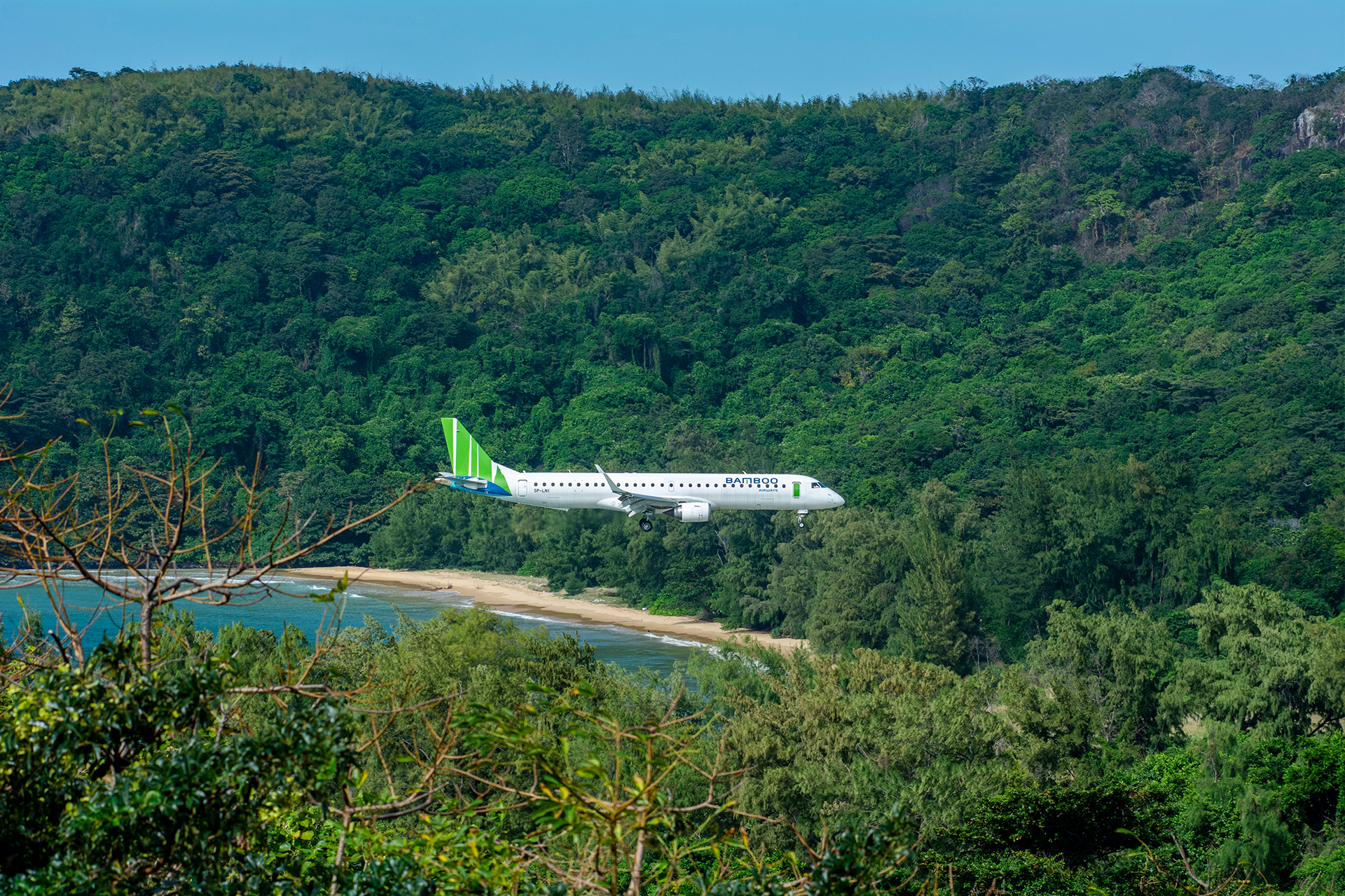
- How do you plan the restructuring roadmap?
- My initial proposal was to restructure Bamboo Airways within a year. However, things are moving more smoothly, so we set a much higher ambition: Complete everything before December 31, reducing the restructuring time from the originally planned 9 months to just over 2 months.
Thus, Bamboo Airways will not have to wait until 2025 to operate under a new business model, but from the beginning of 2024. Some tasks cannot be completed in December 2023, for example, changing the airline ticket sales system, resolving surplus labor..., but most of the restructuring content of Bamboo Airways will be completed before December 31.
- The company is still in debt to suppliers and is losing money, so what makes you and your colleagues confident that you will be able to "compress" the schedule from 12 months to just over 2 months?
- We are not in a hurry or rushing things. Just a few weeks ago, Bamboo Airways faced very high risks from aircraft lessors, fuel suppliers, ground service partners... But now, such pressures are basically gone.
Previously, customers who bought Bamboo airline tickets could worry about this and that, but now they can rest assured, as we have stabilized the aircraft fleet through negotiations with aircraft lessors. In addition to reaching an agreement to pay off some aircraft early, we also got the majority of creditors, who are domestic suppliers, to agree to temporarily suspend old debts to be resolved later, as long as we pay off new debts.
During the recent difficult period, Bamboo Airways' flight schedule had many fluctuations, but now the airline's domestic flight schedule has stabilized with 7 flights a day between Hanoi and Ho Chi Minh City, 4-5 flights between Hanoi, Ho Chi Minh City and Da Nang. Bamboo Airways is still the most punctual airline in the entire Vietnamese aviation industry, with an on-time flight rate of 92.4% in October.
The Deputy General Directors and Directors of Bamboo Airways all clearly understand what needs to be done to restructure and affirm the decision to complete it before December 31. Therefore, I have no reason to dampen their enthusiasm.
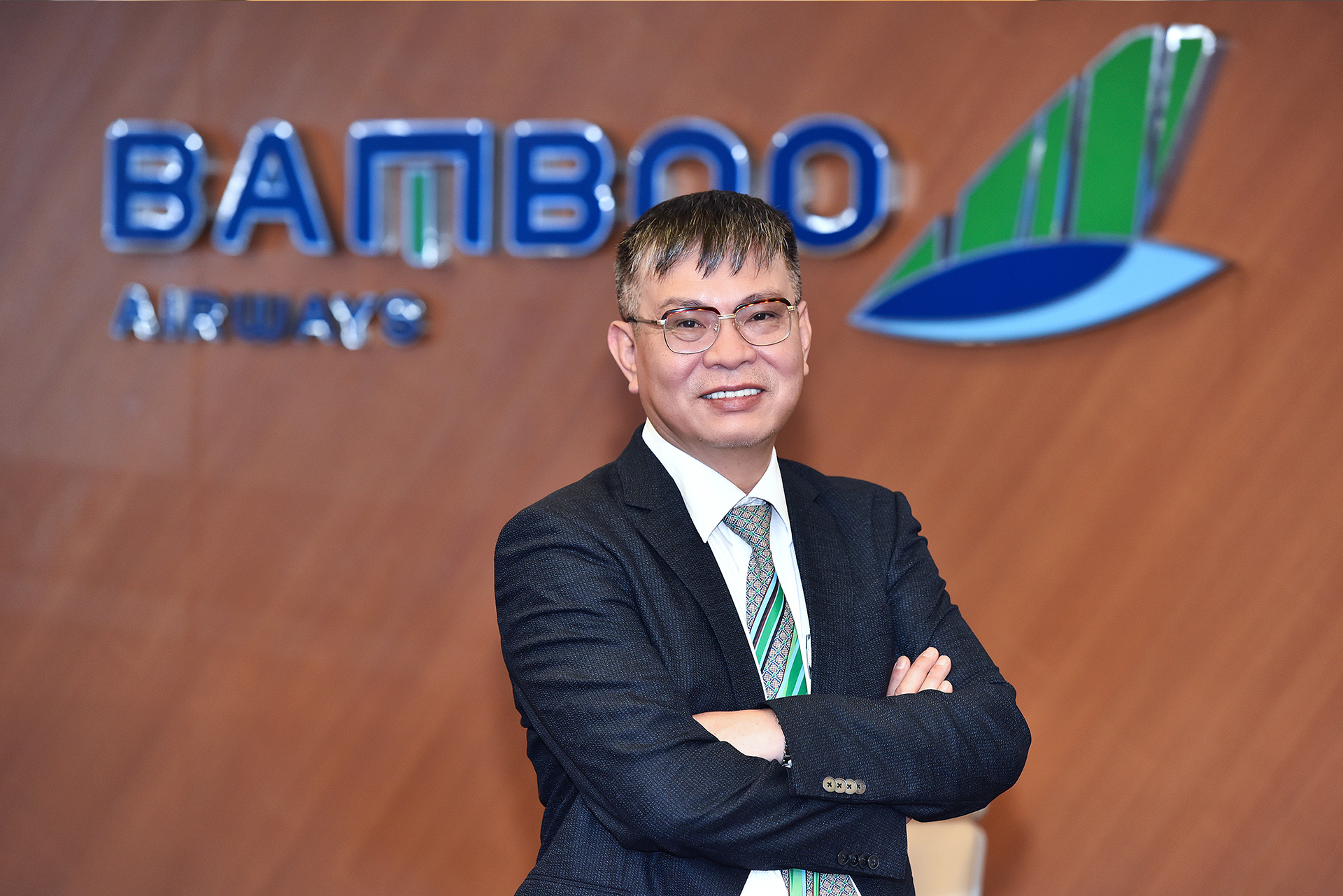

- Previously, from the perspective of an outsider, how did you feel about Bamboo Airways' take-off journey?
- An airline with a leading on-time performance rate thanks to a very good operating and exploitation system. The culture, attitude, and service quality of the airline are highly appreciated by passengers and the community. Bamboo Airways to me used to be a beautiful dream with modern wide-body aircraft and intercontinental flights.
However, in the current context, I do not see the feasibility of the old business model. My previous vision and when I joined Bamboo Airways are quite similar. It is impossible to "plant" the dream of developing a 5-star airline in a market where the majority of customers are price-sensitive, and the majority of our population still has an average and low income compared to other countries in the region. The old way of doing things not only does not make money, but also causes big losses, and then losses turn into debt. There is very little room for imagination in business, especially in the aviation business.
Bamboo Airways needs to be realistic and pragmatic to break even and become profitable. “Realistic” means that Bamboo Airways’ business strategy must be linked to the specific conditions of the Vietnamese aviation market. “Pragmatic” means that only those things that are effective will be done.
- When making changes like eliminating international flights and shifting the business model from "fantasy to reality", what kind of reactions did you encounter from within the company?
- There are definitely regrets. Who doesn't love the Boeing 787 Dreamliner, or want their airline to have a wide domestic and international flight network?
However, I had an open and serious discussion with the staff from the department level, the company's Deputy General Directors, and the Block Directors to dissect the old model and discuss the next path. The discussion ended with a round of applause, which meant almost absolute consensus.
Everyone may regret the past, but they all see the need to take a new path. Every position is looking forward to change so that Bamboo Airways' business picture can brighten up as soon as possible.
There is no resistance to the restructuring of Bamboo Airways, but what I and many people regret the most is that, with this plan, we have to say goodbye to many people who have been with us since the beginning, people who love the company very much. I do not want any farewell, but we are forced to face and solve the problem of labor surplus in a reasonable and fair way.
There is a certain amount of surplus pilots and engineers due to the reduction in the number and types of aircraft. Even before the restructuring, there was a certain surplus force, because Bamboo Airways had recruited enough for its vision until 2025. But now, even if it increases the number of aircraft next year, the company will not be able to use all of its current resources.
We have been asking two major domestic airlines to consider receiving from Bamboo Airways a number of aviation workers (pilots, engineers, flight attendants) who have been trained properly and expensively. Those airlines are calculating how many workers they can receive from Bamboo Airways, I have seen positive signs. I am very happy to receive sympathy and willingness to help from businesses in the same industry.

- In your opinion, why does Bamboo Airways receive such support from other airlines - who are essentially competitors?
- It is not because I know the Chairman or General Director of these airlines. I think the leaders of these airlines do not want to see any collapse of Bamboo Airways. Due to a number of reasons causing a shortage of aircraft around the world, next year there will most likely be a situation of insufficient supply in the domestic aviation market, so having Bamboo Airways will be better for the aviation industry than not having Bamboo Airways. There is no precedent in the aviation industry, but in the banking sector there have been many cases of banks supporting each other, participating in restructuring banks in difficulty.
Since taking office as CEO of Bamboo Airways, I have also received messages of encouragement from many leaders of tourism and aviation businesses: "Mr. Nam, keep it up!"
- How is the current restructuring at Bamboo Airways different from Pacific Airlines 20 years ago?
- In nature, the crises of these two businesses are similar. In 2004, I took on the role of CEO at Pacific Airlines, which was also in an ineffective business situation, with accumulated losses many times greater than its charter capital, and was besieged by creditors similar to Bamboo Airways recently.
The difference between the two restructurings is in scale, as Pacific Airlines only owns 3 aircraft and only one international route. Bamboo Airways has a fleet of 30 aircraft with 66 domestic routes, 15 international routes, a much longer workforce, and a much longer list of creditors.
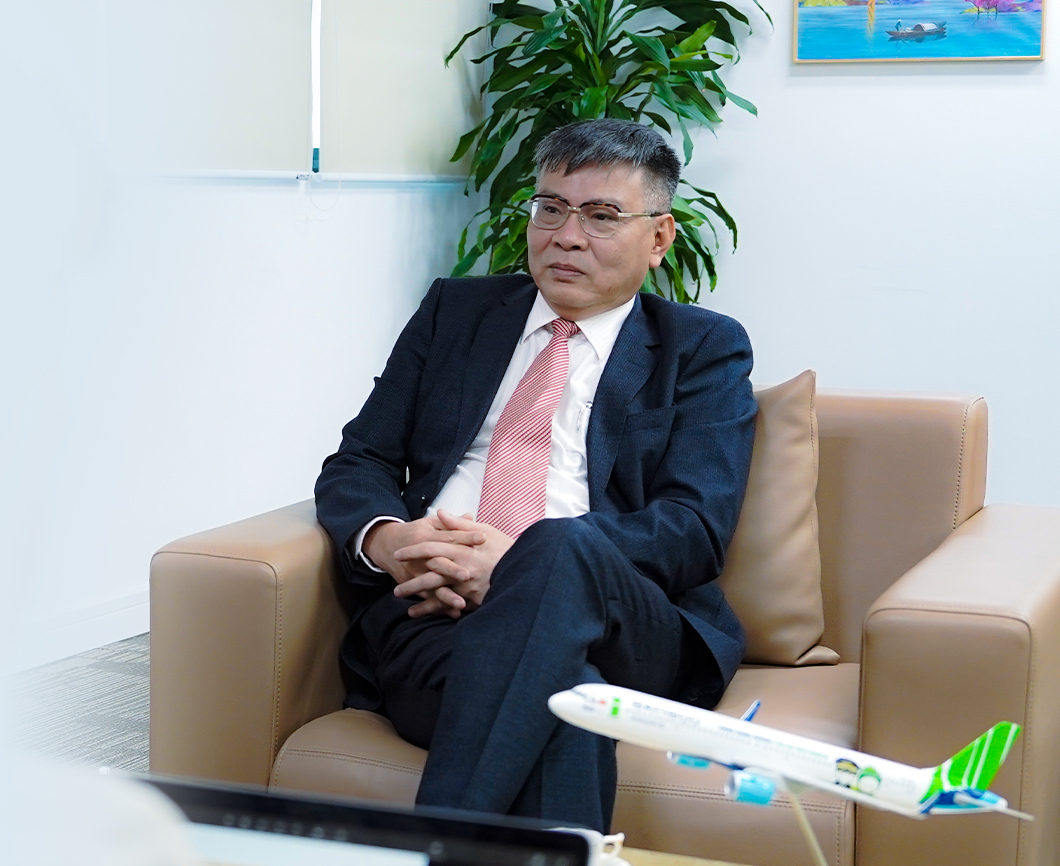

- So what will the new Bamboo Airways look like?
- I have no intention of turning Bamboo Airways into a low-cost airline. This is very different from Pacific Airlines before, when we changed our business model from traditional to low-cost. Bamboo Airways' Business Class service is very good, with a high seat utilization rate and can still be increased, there is no reason to eliminate this service class.
Currently, Bamboo Airways needs solutions to reduce operating costs - something that low-cost airlines are very good at. No one forbids Bamboo Airways from learning the experience and methods of low-cost airlines to operate and do business on a significantly lower cost basis.
We will shorten the turnaround time of aircraft to increase the flight time of aircraft. The turnaround time of traditional airlines is 45-60 minutes, while low-cost airlines is 25-30 minutes. We will also find ways to optimize and improve labor productivity. We also aim to reduce the average number of workers per aircraft by one-third compared to the previous peak period.
Basically, the appearance, identity, and service quality of Bamboo Airways remain the same. The airline will still fly on time. We will try to cut costs without affecting the quality of service, although we have to admit that this is a difficult problem and requires a lot of determination to do it.
With the new business model, Bamboo Airways will operate on the most cost-effective and labor-saving platform. After cutting down on costly things, Bamboo Airways will bring better things to the domestic aviation market. We also aim to develop Bamboo Airways into a "Digital Airline" and a "Green Airline".

- When will the airline fly internationally again?
- It is expected that Bamboo Airways will restart regular international flights by 2025.
- What about plans to increase the fleet?
- The airline will add more aircraft from January 2024 with wet-leased Airbus aircraft. It is expected that from the end of 2024 we will add more dry-leased Airbus aircraft. We plan to return to the 30-aircraft milestone after achieving positive results after restructuring.
- As a practical person, when do you expect Bamboo Airways to escape losses?
- Currently, Bamboo Airways' only source of revenue is from air transport, of which passengers account for 97%, the remaining 3% is from cargo. After many restructuring measures, by the end of this year, Bamboo Airways' operating loss is expected to decrease by about 3 times compared to the previous period. Next year, Bamboo Airways will still lose money, but the number will be much smaller. By the fourth quarter of 2024, the airline's business is expected to no longer incur losses, if oil prices do not develop in a negative direction.
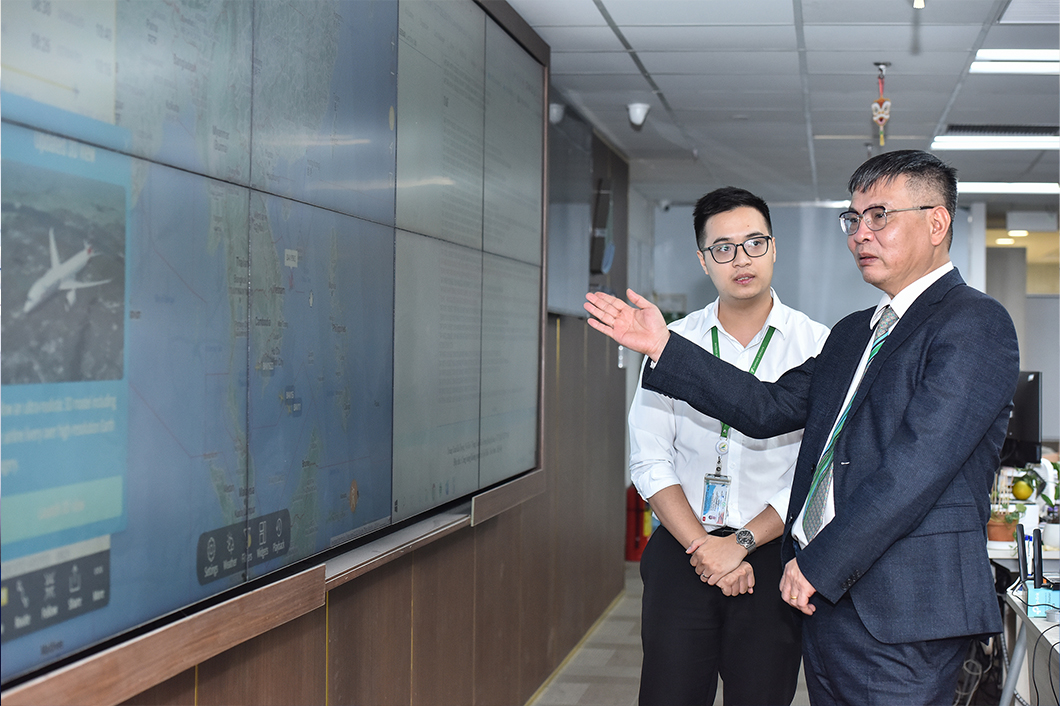
- As someone who has successfully restructured Pacific Airlines, what do you think the company needs to properly implement this plan?
- Most importantly, we need the support of passengers. Next is the sympathy of creditors to ensure that no risks arise during the restructuring period. Although the debt burden has become much lighter, the company has not yet developed a plan to repay the old debt and is still waiting for investors to participate. At the same time, not only Bamboo Airways, the aviation industry also needs to continue to receive support from the Party, State and Government, creating conditions for recovery and development after being heavily affected by the Covid pandemic. Finally, every business needs luck. Besides the efforts of the Bamboo Airways team, we hope that external factors such as the Vietnamese economy and the international economy will develop favorably, without further geopolitical tensions. Fuel prices are expected to drop, because with oil prices above 100 USD/barrel, no airline can make a profit.
- Under your tenure as CEO, Pacific Airlines paid off all its debts and found foreign investors 3 years later (in 2007). Is Bamboo Airways capable of following this path?
- What is feasible for Bamboo Airways in the short term is the participation of Sacombank. But Sacombank's ownership ratio is only allowed to be a maximum of 11%. According to the financial plan we are building for the 5 years 2024-2028, Bamboo Airways should have more domestic investors.
Foreign investors may be a further plan. Current regulations limit foreign investment in Vietnamese airlines at 34%. I think it is not easy to convince foreign investors to invest in Bamboo Airways and Vietnamese airlines in general, when their ownership ratio is not enough to have veto power, let alone decision-making power.

Content: Anh Tu
Photo: Giang Huy
Design: Thai Hung
Source link


![[Photo] Deep sea sand deposits, ancient wooden ship An Bang faces the risk of being buried again](https://vphoto.vietnam.vn/thumb/1200x675/vietnam/resource/IMAGE/2025/11/13/1763033175715_ndo_br_thuyen-1-jpg.webp)

![[Photo] Special class in Tra Linh](https://vphoto.vietnam.vn/thumb/1200x675/vietnam/resource/IMAGE/2025/11/14/1763078485441_ndo_br_lop-hoc-7-jpg.webp)



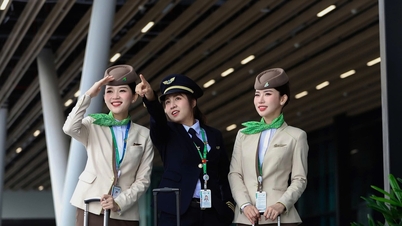








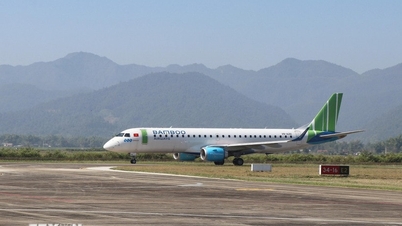

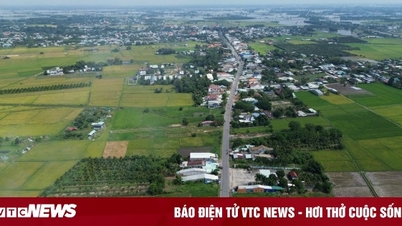




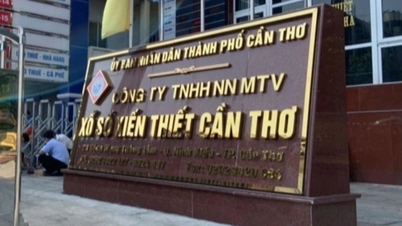

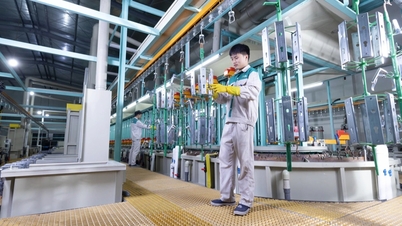














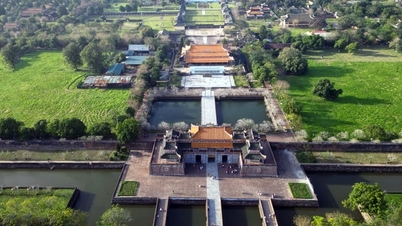



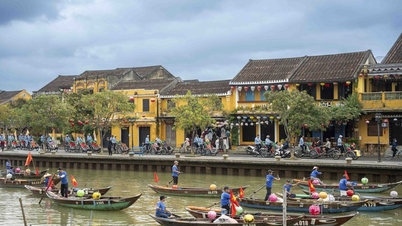





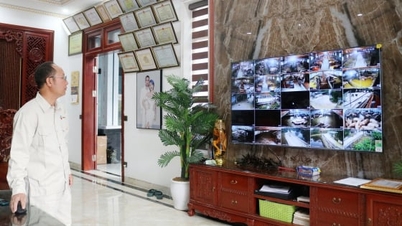
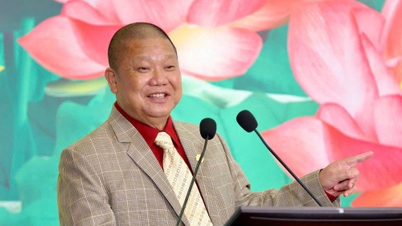



















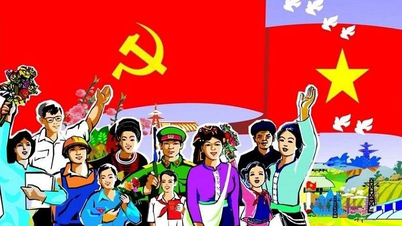

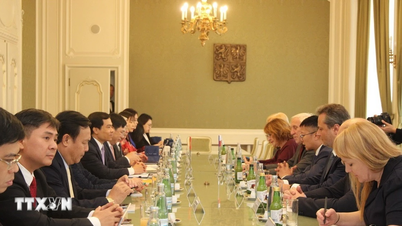
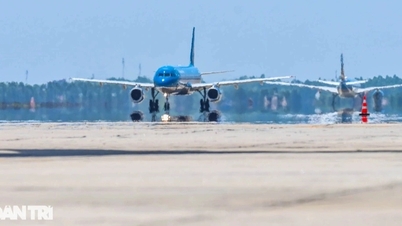
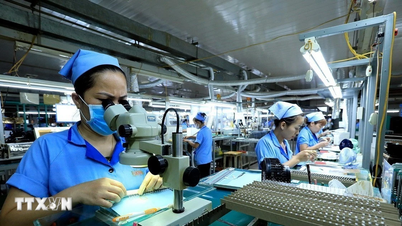
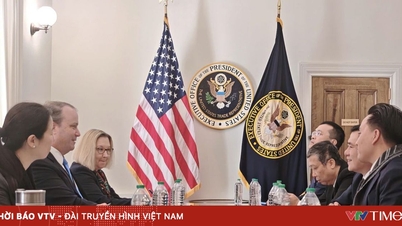




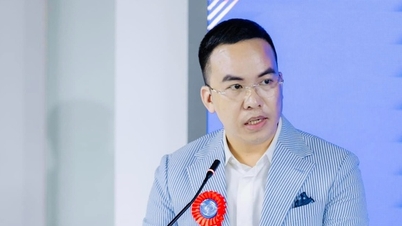


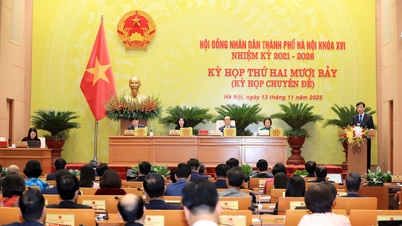

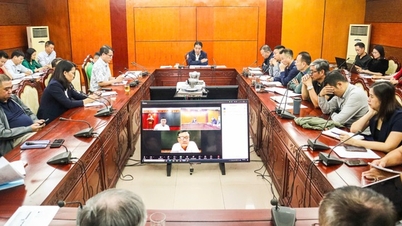


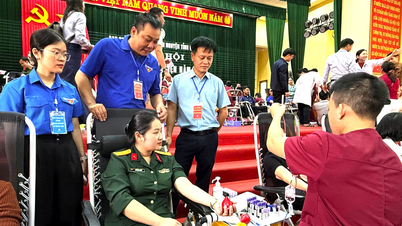

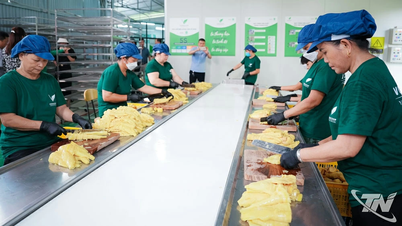

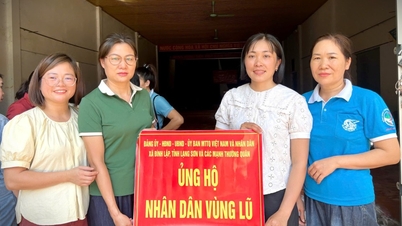

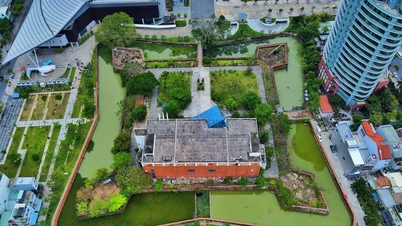
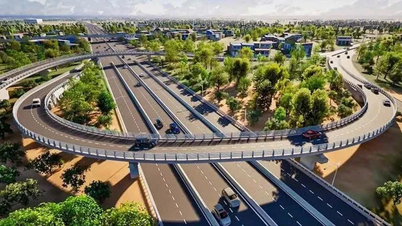
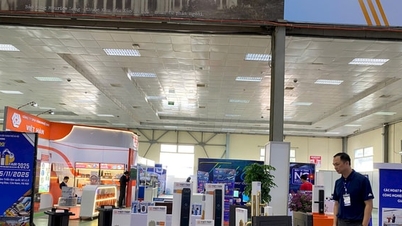



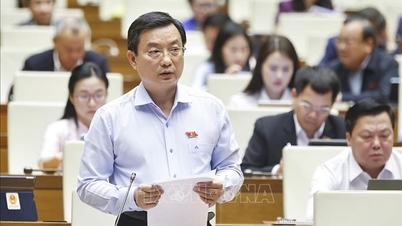
![Dong Nai OCOP transition: [Article 3] Linking tourism with OCOP product consumption](https://vphoto.vietnam.vn/thumb/402x226/vietnam/resource/IMAGE/2025/11/10/1762739199309_1324-2740-7_n-162543_981.jpeg)




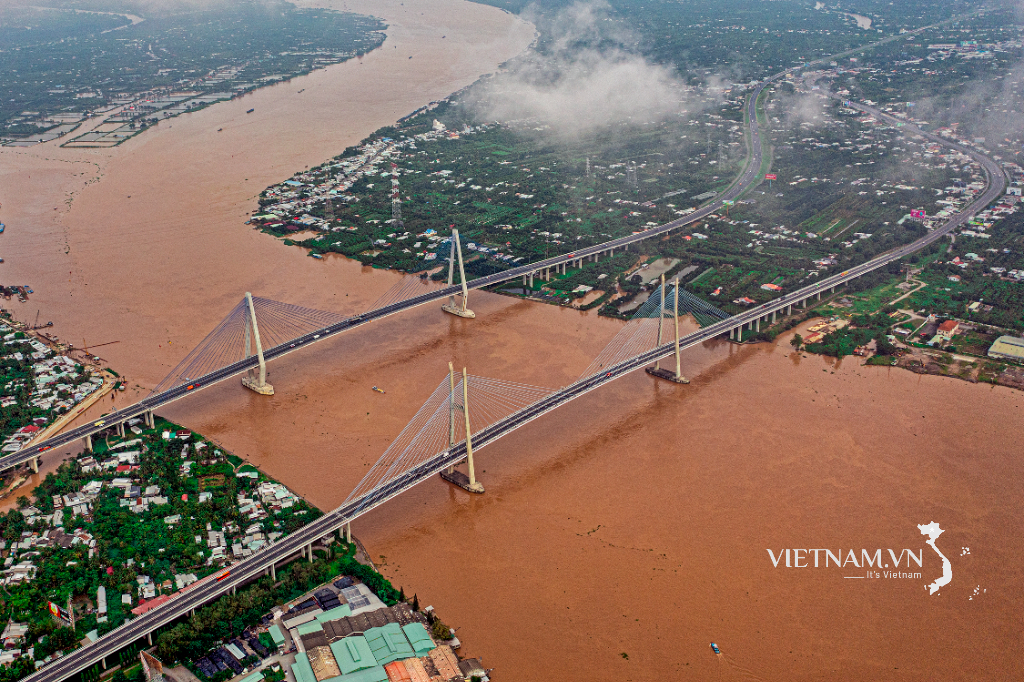

Comment (0)